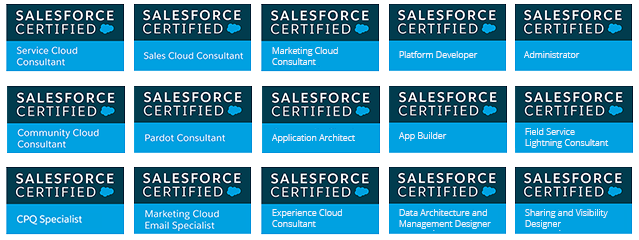 Robotic Process Automation (RPA) is a virtual concept that is driven by software that sits on top of a company’s systems, applications and infrastructure. This software application examines data inputs into various systems, and using built-in logic, makes decisions previously made by an individual.
Robotic Process Automation (RPA) is a virtual concept that is driven by software that sits on top of a company’s systems, applications and infrastructure. This software application examines data inputs into various systems, and using built-in logic, makes decisions previously made by an individual.
Robotic Process Automation is able to crunch large amounts of data quickly and effortlessly. The system may decide what action to take based on an individual’s credit score, request missing information or use information from third-party systems to update or verify key pieces of information.
Advantages of RPA software is that it is easily configured, allowing business users to set up their processes. Because configuration does not require that the underlying systems and applications be modified, it is relatively straightforward and efficient. The process documentation captured is entered into the software to replicate the previous manual workflow’s touch-points and decisions. Once these business rules have been established, the system makes decisions consistently and correctly – every time.
With RPA, processing times become more predictable and consistent, ensuring that transactions are never prone to back-ups or delays due to employee illness or vacations, and high-quality customer service standards can be delivered across the board.
In addition, FTEs freed up by RPA can be redirected to roles that focus on positive customer outcomes, improving overall service, and in many cases aligning with top line growth objectives. Changes to any process can be easily made by the business users and do not require IT resources to be involved.
Difference between IoT and RPA
Internet of things (IoT) generally refers to the use of sensors on equipment that reports status updates, error messages, work pace, and other minutia. These sensors allow engineers or other employees to tweak an assembly line for more efficient production; and can react to problems at a much faster rate. They can also report wear and tear on the equipment over time, which means that parts are replaced before they breakdown.
IoT and Big Data are helpful but not transformative unless connected with automation. In RPA, this self-governance might be a kind of robot stratification. One robot comes across an error it can’t resolve, so the error is passed on to a robot “supervisor.” A majority of robots might be processing transactions while a few robots wait on standby, programmed with more options to solve a problem.
Examples of RPA
A bank was struggling under the weight of rapidly growing numbers of databases — and the hundreds of database administrators (DBAs) required to support the database structure. The bank was committed to a major reduction in the number of full-time equivalents, and it had tapped out its ability to cut personnel costs through previous labor arbitrage solutions such as offshoring or scripting-based process automation.
After deploying an RPA solution, the bank was able to dramatically and immediately cut the number of DBAs by 50%.
A global investment bank wanted to dramatically shorten the timeframes required to resolve trades that often were impacted by system processing issues. The organization had tried — and failed — to use runbook scripting tools to help the IT engineering staff. By using RPA, the firm was able to resolve 80% of failed trades without human involvement, resulting in a 90% reduction in average resolution-and-fix time.
A global oil and gas company has trained software robots to help provide a prompt and more efficient way of answering invoicing queries from its suppliers.
A large media services organization taught software robots how to support first line agents in order to raise the bar for customer service.
Examples of organizations that have deployed BOTs to manage their repetitive processes are Barclay’s, Royal Bank of Canada, Lufthansa, British Telecom and AT&T.
Vendor Analysis
Using common attribute categories such as Product Features, Core Capabilities, Pricing etc conduct vendor analysis for the selection of RPA solution based on customer criteria.
For a detailed vendor comparison or process selection please contact us at info@westcoastconsulting.com.
#RPA #Finance



